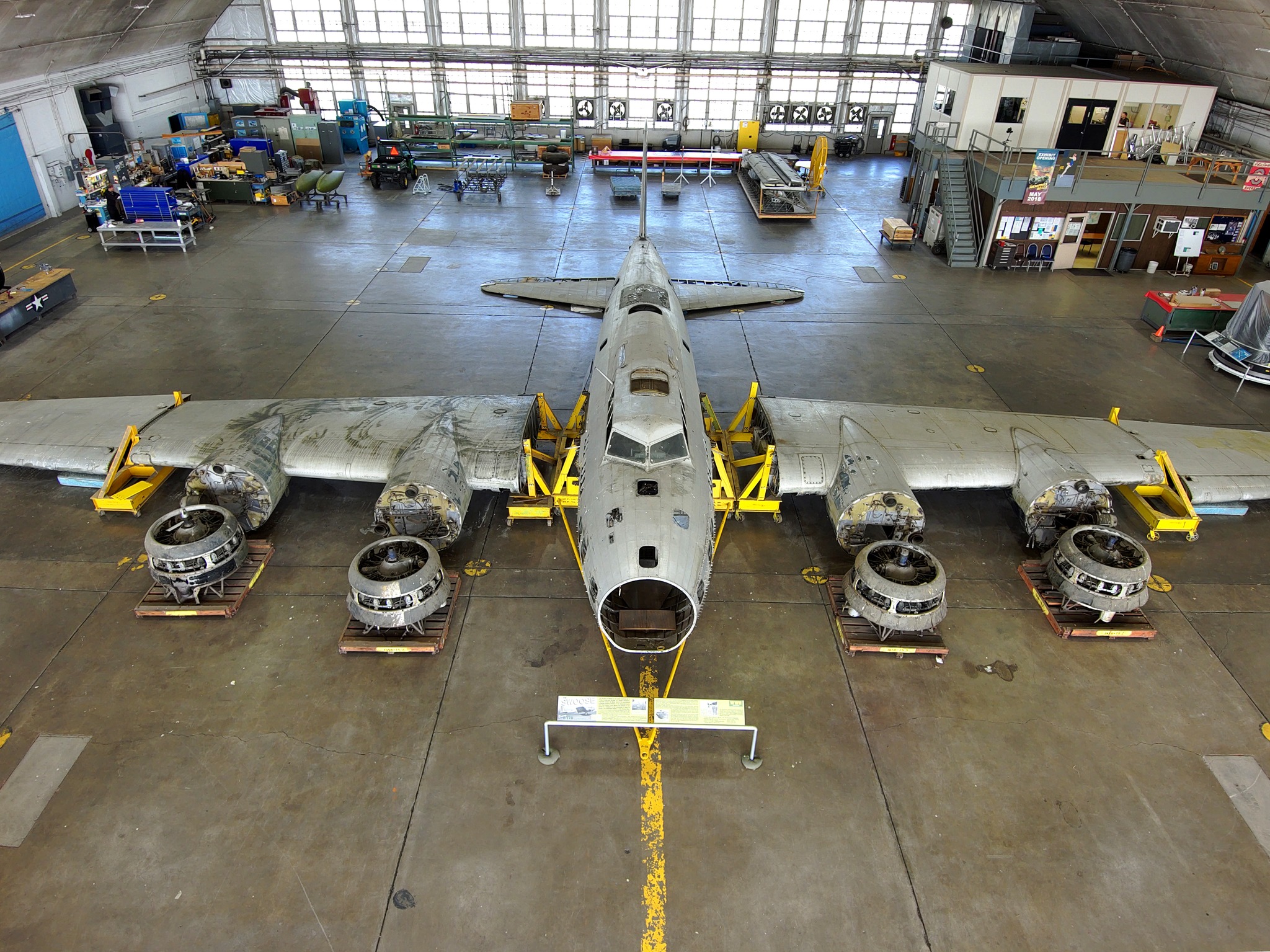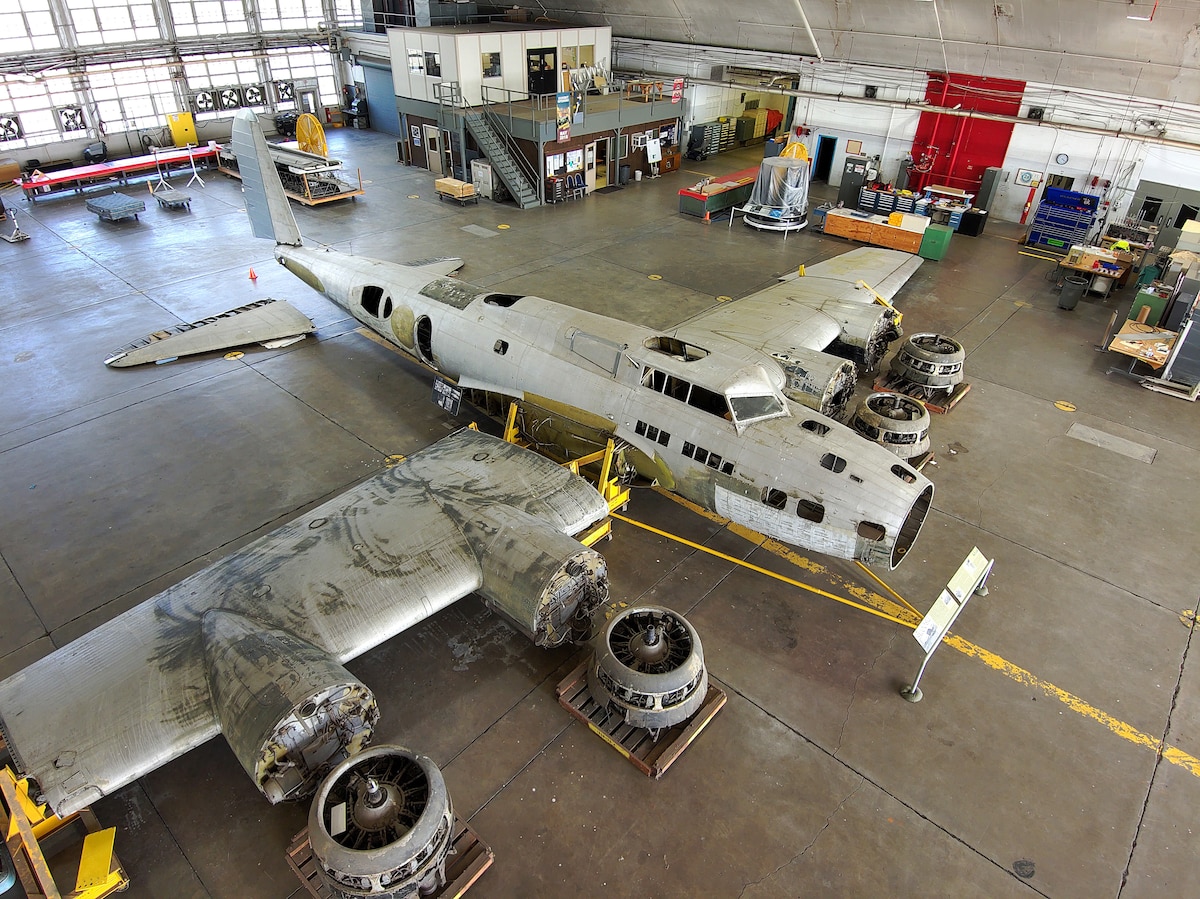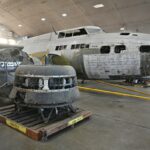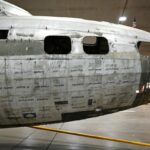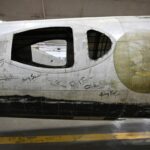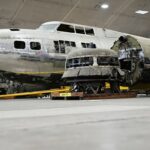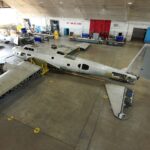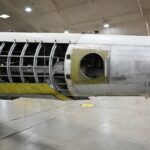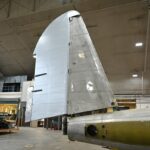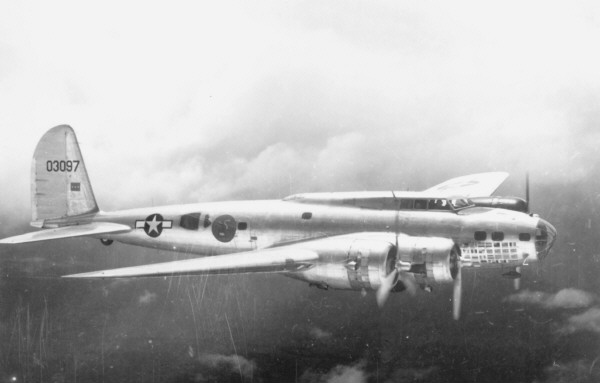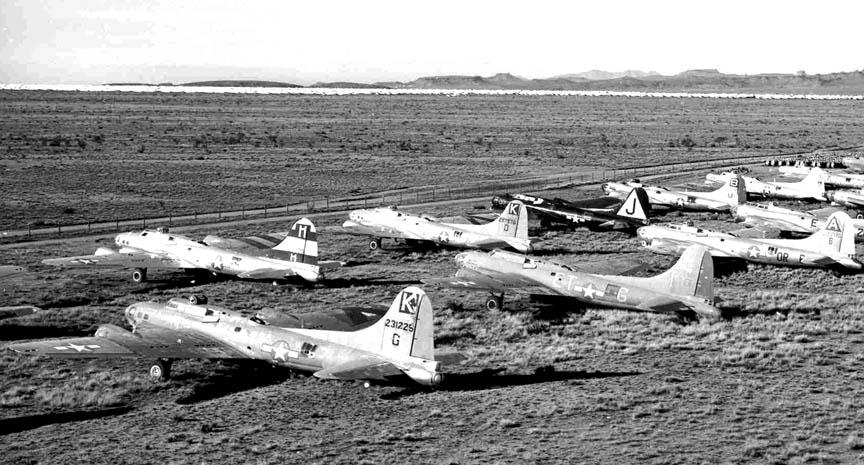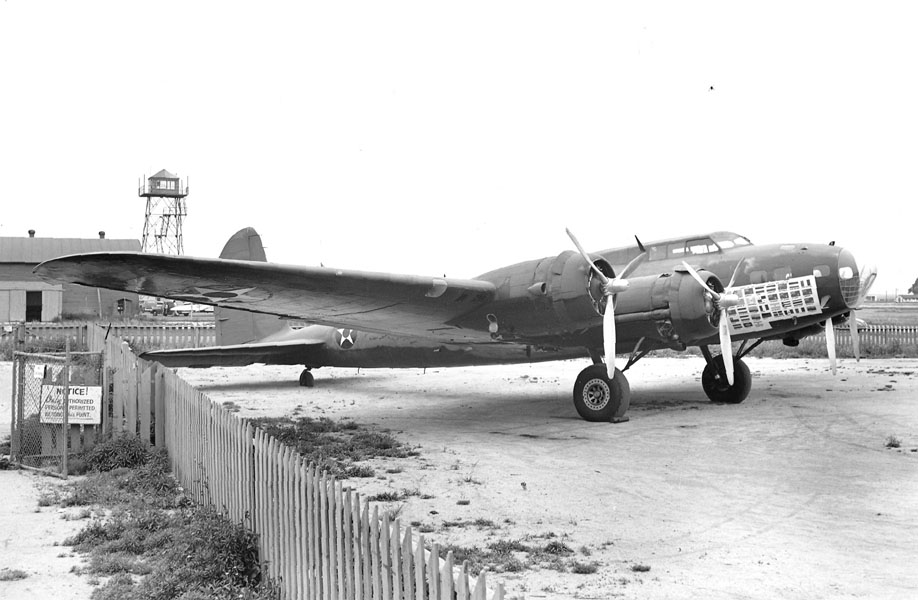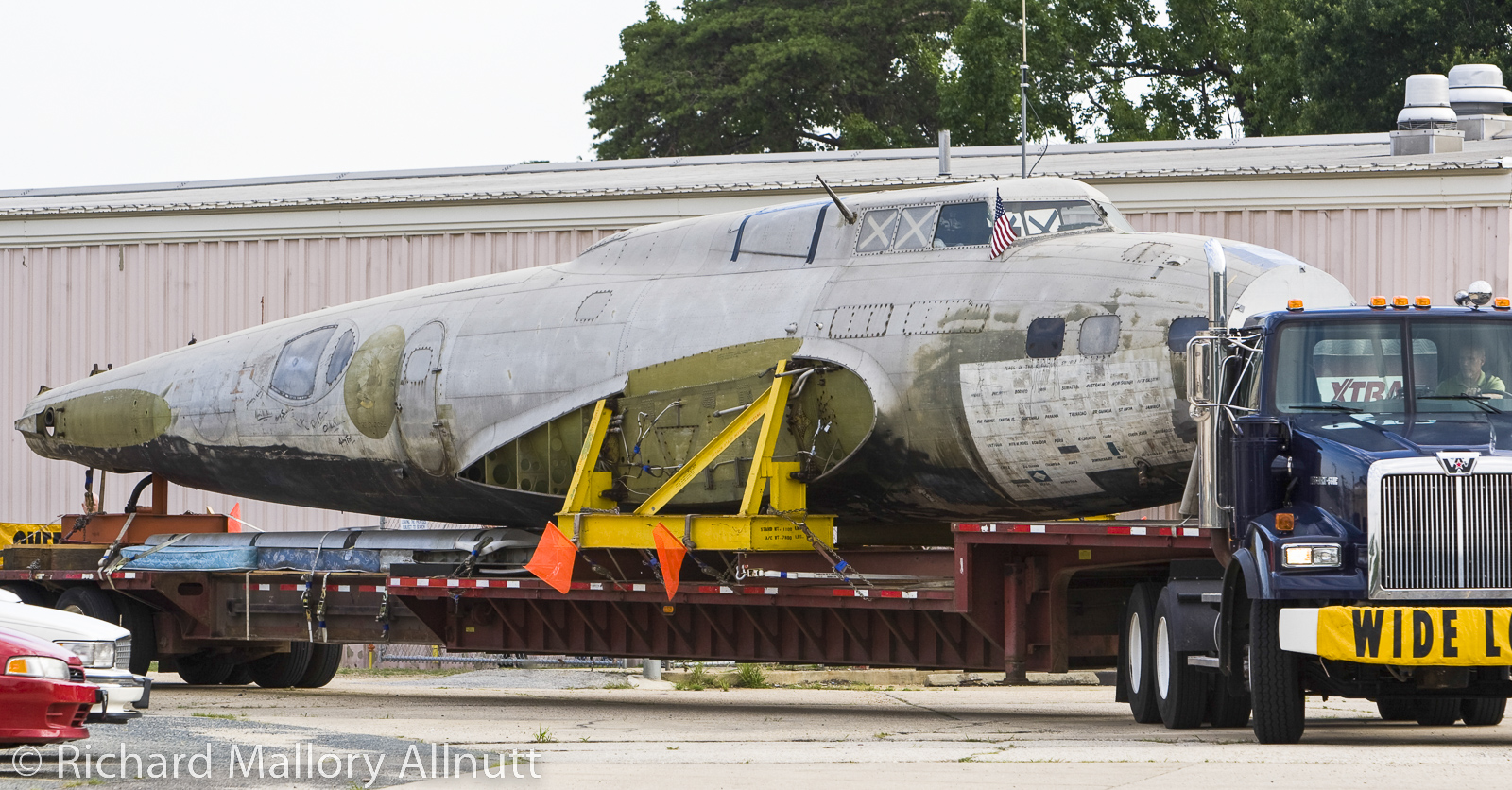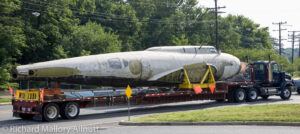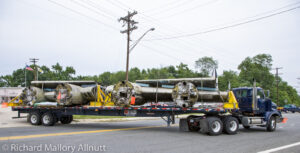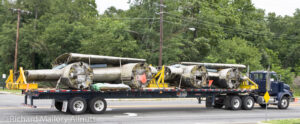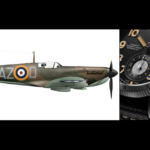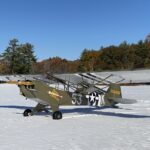by Adam Estes
The National Museum of the U.S. Air Force (NMUSAF) has just announced that they will resume the restoration of Boeing B-17D Flying Fortress 40-3097, nicknamed The Swoose, one of the most storied survivors of its breed. The museum issued the following statement regarding the process they intend to follow in refurbishing the aircraft, the oldest intact Flying Fotress extant…
“This is both a restoration and conservation project. Some airframe areas need repair and restoration for structural integrity and exhibit-worthiness, while others will be conserved as-is to maintain originality. The overall aim is to present the artifact in the context in which it was received, i.e., to preserve it in the configuration of its final mission. A combination of restoration and preservation will ensure its longevity, structural and historical integrity, and safe public display in a controlled environment. This means that the aircraft’s identity as ‘The Swoose’ will be maintained with as much original fabric in situ as possible. The minimally invasive preservation approach is one option in the spectrum of possible restoration / preservation / conservation practice, and as in all NMUSAF restoration work assures the artifact’s ethical treatment as a museum object.”
The museum released a further statement regarding their justification for pursuing the project…
“This project strengthens the NMUSAF’s identity as the premier collection of American combat aircraft and promises to increase visitorship by being the only “straight tail” B-17 on exhibit in the world. The Swoose’s distinctive shape and its fascinating record of combat, reconfiguration, and transport service rounds out the Pacific Theater WWII air power story and improves the Museum’s Global Reach interpretation. Preserving the plane as it was received, i.e., as a transport, respects its integrity as an artifact, eliminates very difficult or impossible physical restoration and equipment issues, and helps tell Airmen’s stories with authenticity. Airpower enthusiasts eagerly await its completion, and casual visitors will appreciate its unique story and appearance.”
The following is a brief summary of the aircraft’s history and historical significance:
Boeing manufactured the aircraft at their factory in Seattle, Washington, delivering it to the US Army Air Corps on April 25th, 1941. After flying the aircraft to Hawaii over the course of May 13th/14th, 1941, the ferry crew then took the bomber to the Philippines in September of that year, with stops in Rabaul, Port Moresby and Darwin. Dispersal orders issued in the days preceding the Japanese attack on the Philippines ensured that the B-17, then nicknamed Ole Betsy, survived to fly sorties against the Japanese invasion fleet. However, with Japanese ground forces gaining ground against American and Filipino defenders, Ole Betsy and several other locally-based B-17s relocated to Java, where they could continue flying bombing raids against the enemy invaders. With the situation getting steadily worse, however, the aircrews had to retrench their fleet in Australia. After sustaining combat damage and regular wear and tear, 40-3097 underwent a major overhaul. As part of this process, the aircraft received a new tail unit, the donor aircraft being B-17D 40-3091. As a result, the aircraft’s pilot, Weldon Smith, renamed the aircraft as The Swoose – a name derived from “Alexander the Swoose”, a popular song of the day which features a bird which is half-swan and half goose.
By March 1942, The Swoose is performing a new role, serving as the personal transport for General George Brett, then the Deputy Commander of Allied Forces in Australia. Several other notable figures would become associated with the aircraft, including Olympic diver Frank Kurtz, who flew the aircraft for a period (naming his daughter ‘Swoosie’ after the airplane). Texas Congressman (and future president) Lyndon B. Johnson also flew aboard the aicraft as a passenger. The Swoose received regular modifications throughout the war, especially when General Brett arranged to keep the aircraft as his transport following his transfer to head up the US Caribbean Defense Command and the Panama Canal Department. By VJ-Day, The Swoose was the last remaining B-17 in the US inventory which had taken part in the defense of the Philippines from 1941-42, but after it flew with General Brett to Kirtland Army Airfield, it soon moved on to the storage yard in Kingman, Arizona where so many other aircraft met the scrapper’s torch.
However, The Swoose received an eleventh hour reprieve when then-Colonel Frank Kurtz convinced the city fathers of Los Angeles to purchase the aircraft to serve as a war memorial. However, even though Kurtz flew The Swoose to Los Angeles, the intended memorial never materialized.
Thankfully, three years later Paul E. Garber heard about the aircraft’s plight. As curator of the Smithsonian’s National Air Museum (now the National Air & Space Museum), Garber was eager to save important aircraft at a time when few others were. He was successful in purchasing the The Swoose for the Smithsonian, but in those days, the National Air Museum did not have a home large enough to store the aircraft in their collection, so The Swoose bounced between a number of storage locations, from Park Ridge, Illinois to Pyote, Texas and even Andrews Air Force Base, in Clinton, Maryland. After several decades outside, the airframe finally got a reprieve from the weather, moving to the museum’s storage facility at Silver Hill, in Suitland, Maryland (later renamed in Garber’s honor) where it remained for nearly 50 years. In 2007, the National Air and Space Museum’s collections committee voted to deaccession the aircraft and transfer it permanently to the NMUSAF in Dayton, Ohio; it arrived by truck the following year.
While the restoration team at Dayton carried out some initial work on the airframe soon after its arrival, this effort stalled once the museum chose to prioritize the restoration of B-17F Memphis Belle and some of their WWI-era aircraft. Now that those projects are complete (or nearly so, for the Curtiss Jenny), the museum’s restoration team will begin to focus their attention on The Swoose, an endeavor which they currently expect to take around seven years to complete. We look forwards to providing regular progress updates once more information becomes available.







